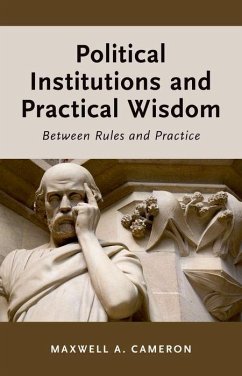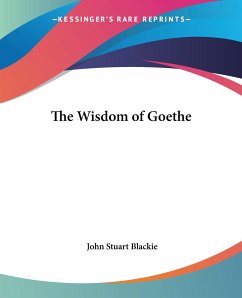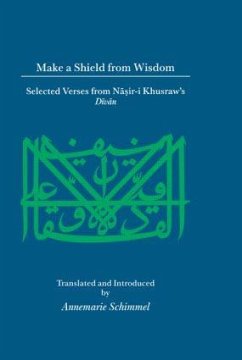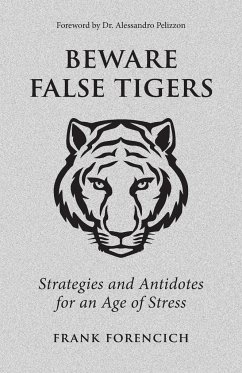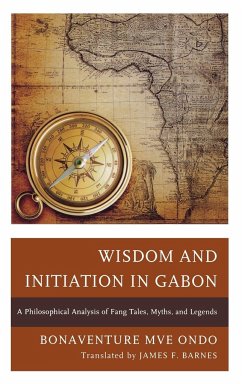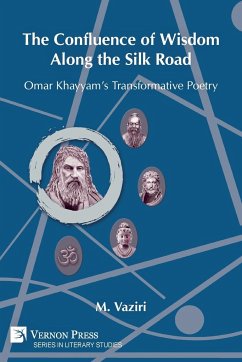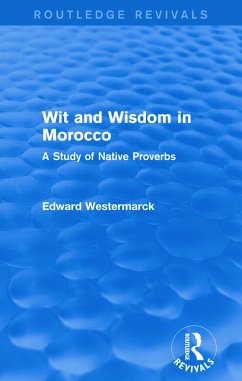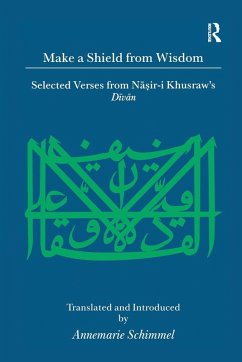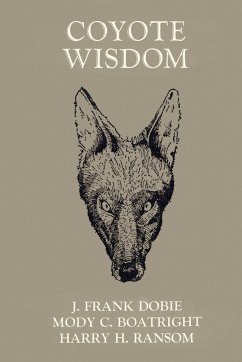
Anthropology of Wisdom Literature
Versandkostenfrei!
Versandfertig in 1-2 Wochen
69,99 €
inkl. MwSt.

PAYBACK Punkte
35 °P sammeln!
This unusual book examines definitions of the fable, apologue, parable, moral tale, etc. It then proposes the use of the term exemplum, used by medieval scribes, to define all types of wisdom narratives. It makes a cross-cultural structural analysis of the exemplum and identifies its tripartite structure composed of the promythium, the nucleus, and the epimythium. The book ends with an analysis of the reasons why grown men spent so much time writing and collecting these tales. It demonstrates that fables and related genres were not really meant for little children to learn moral lessons. They ...
This unusual book examines definitions of the fable, apologue, parable, moral tale, etc. It then proposes the use of the term exemplum, used by medieval scribes, to define all types of wisdom narratives. It makes a cross-cultural structural analysis of the exemplum and identifies its tripartite structure composed of the promythium, the nucleus, and the epimythium. The book ends with an analysis of the reasons why grown men spent so much time writing and collecting these tales. It demonstrates that fables and related genres were not really meant for little children to learn moral lessons. They were used to teach complex religious and political ideologies, to safely ridicule tyrants and despots, to release tensions, and to give good or bad advice.



